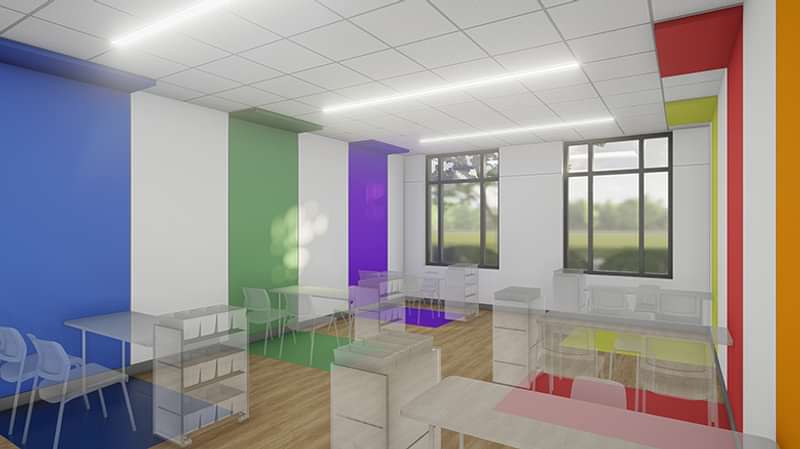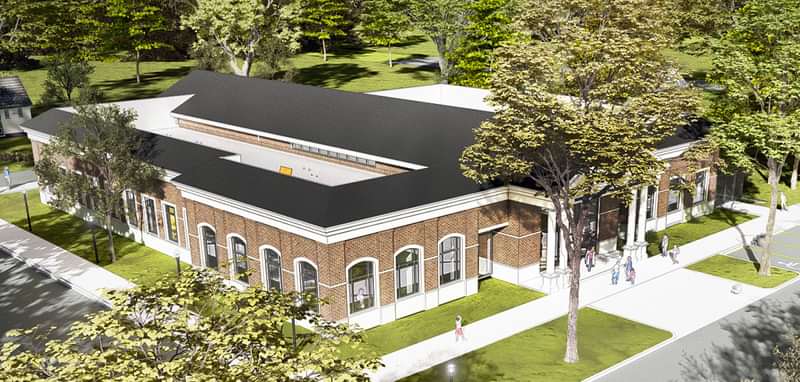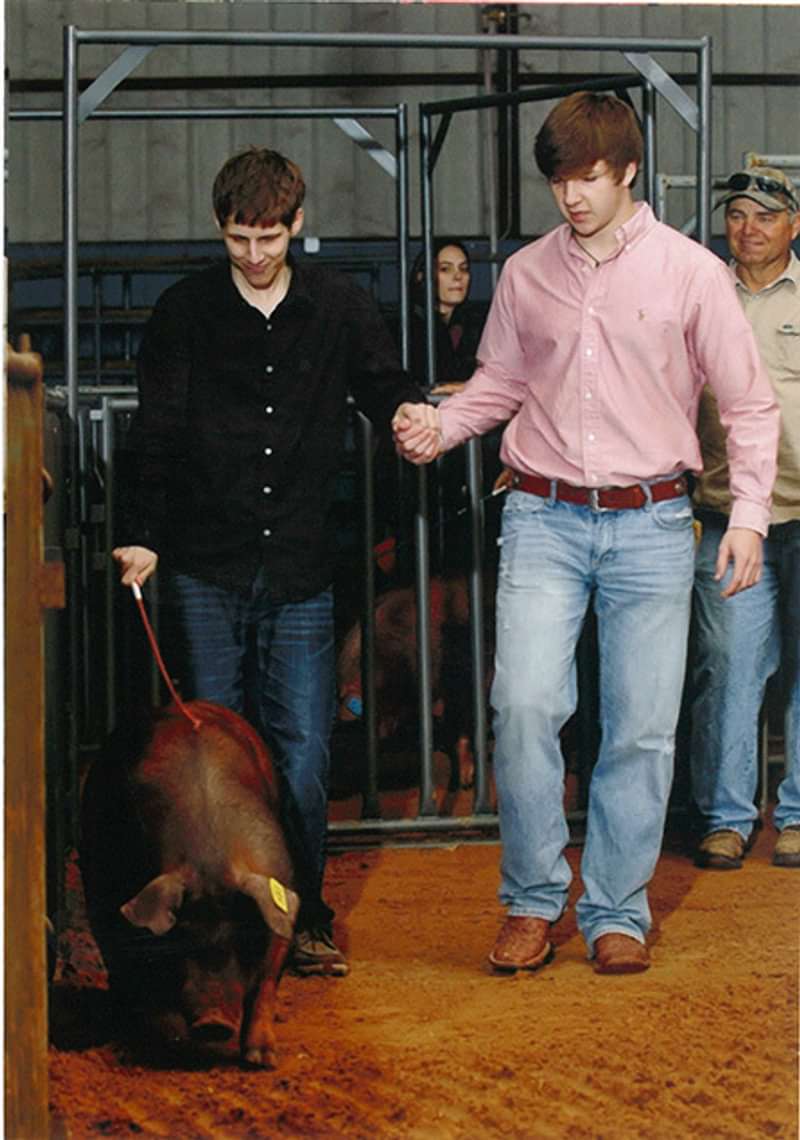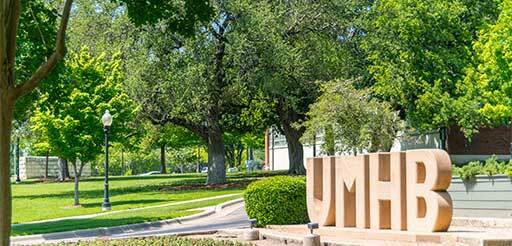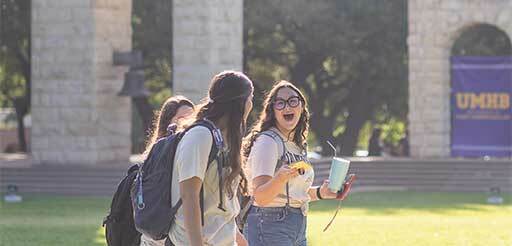SOMETHING FOR EVERYONE
The new building is specifically designed to accommodate UMHB students, participants and their parents, and educators alike.
Using technology from a company in the United Kingdom— unlike anything found in the United States—one of the many highlights of the new facility is its immersion room. Using 360-degree videos, interactive images are projected onto four walls of the room, creating the illusion of virtual reality without the need for goggles.
“This is not a toy but a teaching instrument,” explained Ward, adding that the screens are touch-sensitive and pictures or words can slide from wall to wall, books can come to life, and students can go on virtual field trips.
“The immersion room is hitting so many different touchpoints in the whole program,” Ward said. “The opportunities are endless.”
She gave an example of how the room might be used to help an autistic participant who has trouble with changes in daily routines. “If we want to prepare a child for a school field trip to the Cameron Park Zoo, I can start familiarizing that child with video from the zoo, thus reducing the probability of any behavioral issues and increasing the likelihood of them being included in the activities that are going on with their non-disabled peers,” Ward explained.
Another 900-square-foot area of the center features two rooms—the High-Impact Zone and the Multi-Sensory Room. The High-Impact Zone requires participants to use large muscle groups when they play on monkey bars, climbing walls, swings, a bubble pit, a slide, an island jumper and a zipline with a crash mat.
The Multi-Sensory Room offers relaxing spaces to help reduce sensory overload in some children. It features a chair pod with music and vibration, large lighted bubble tubes in front of mirrors, a projector for light shows and a fiber optic waterfall with a chair underneath. “The strands flow over the top of the participant to provide stimulation,” Ward explained.
The room also feature an encapsulating “pea pod chair” that provides an enveloping effect that helps some students regulate their sensory systems. The room is fully programmable to be customized for each child. “If one student likes red, rainforests and a certain type of music, I can program the room to meet their needs,” Ward said.
A 900-square-foot Outdoor Exploration Zone allows for play and socialization under a covered sports arena, complete with a basketball goal, soccer goal, hopscotch, huge Connect Four game and a bowling alley. A track will run down one side of the building to accommodate pedal cars and trikes.
Each area has a hoist lift, so children in wheelchairs can access everything.
The new facility also features a “robot room” where students can program and code robots. The center includes three academic rooms for “littles, middles, and bigs,” which is how Ward refers to the three different age groups with which UMHB students work. There is also a one-on-one room for children who tend to get overstimulated and need a space just for themselves. Each room features half-walls with glass partitions so Ward and other educators (as well as students and even guests touring the facility) can walk around each area to observe classroom interactions without interrupting.
While participants go through their three 15-minute rotations, parents can relax in one of two waiting rooms. One is for parents who have other children tagging along or want to connect with other families. The other is for parents who want a more relaxing and quieter environment. Each room throughout the building will be equipped with cameras that feed into the waiting areas so parents can observe their children’s learning.


